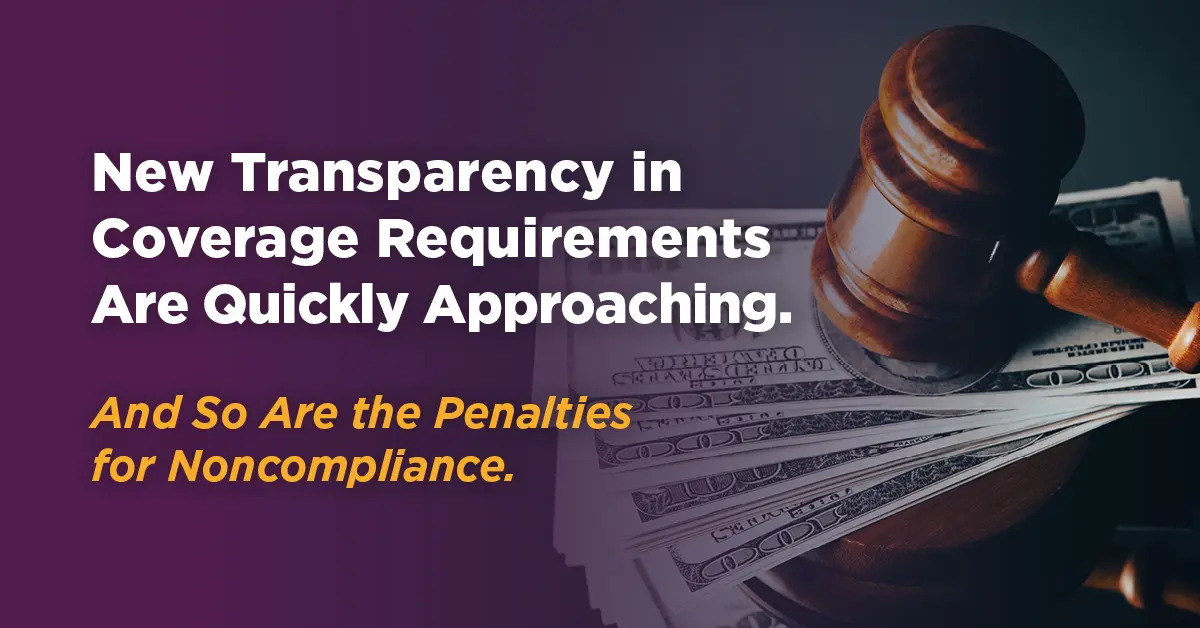
As we have seen in recent months, CMS has started to pick up the pace of hospital audits to ensure Transparency in Coverage (TiC) compliance. Where there was more leniency for noncompliance before as entities worked through the heavy lifting of system implementations to satisfy new requirements, the looming threat of penalty fees in the millions of dollars is quickly becoming a reality. The hour is now growing late for those who can be held liable to have confidence that they are in compliance – and that includes health plan payers.
For those not already aware, here’s a quick recap of the TiC timeline.
1/1/2022 – Most commercial group health plans and commercial health insurance issuers had to disclose pricing and cost-sharing information by producing plan-specific Machine-Readable Files (MRFs).
1/1/2023 – Health plans had to provide members with an online shopping tool featuring 500 shoppable services and personalized out-of-pocket cost information.
And effective 1/1/2024, all other procedures, drugs, durable medical equipment, and other items or services must be published and made accessible to members.
When the TiC rule went into effect, companies hastily jumped on the bandwagon to capitalize upon an emerging need in the market for compliance tools. This is simple supply and demand at work, however, in this case, it will be the payers and health plans who will be held liable for selecting a platform based on price instead of performance.
This final step of the TiC rollout will separate the truly compliant platforms from those who didn’t quite get it right. The importance of vetting vendor shopping tools cannot be overstated since it will have more implications than one. With noncompliance penalties and the potential for huge savings losses, how confident are you in your shopping platform as we approach 2024?
The High Cost of Noncompliance.
Since the primary motivator for moving healthcare into a more transparent state will be in the form of monetary penalties, let’s talk dollars. If health plans and issuers are audited and found in noncompliance with TiC, they can receive a penalty of up to $100 a day (adjusted annually) for each violation, and individual affected.1 This can add up incredibly fast. As a simple example, if a health plan has 500 members and dependents who are all affected by a non-compliant tool or platform, that could potentially result in a $50,000 fee… per day.
When deciding on a shopping platform, it is detrimental for the payer (and the members) to consider cost before quality. Beyond the penalties, there is also the lost savings potential to consider. All the pieces must work together to realize true savings and utilize the Transparency in Coverage rule as it was intended.
This was the idea at the very core of TALON – to align healthcare incentives with member engagement and empowerment to form a complete savings experience ensuring compliance in every facet. Ready or not, transparency in healthcare is our new reality. It’s the first step into a much larger world that’s putting the member right where they should have always been, in the center.
With that in mind, TALON is backing up its claims of complete compliance by offering a penalty-free guarantee. Clients who incur penalty fees as a result of acts or omissions from the TALON suite of solutions will receive a reimbursement of up to 120% PEPM. This is the kind of reassurance employers need to feel confident that they have a solution that doesn’t just promise, but delivers.
With only 5 short months until the next phase of compliance mandates is effective, keep in mind that if the tools and platforms that you have in place aren’t already prepared for providing all pricing requirements, then they’re already miles behind. Ask your compliance solution provider what guarantees they have in place to keep you protected from noncompliance penalties.
